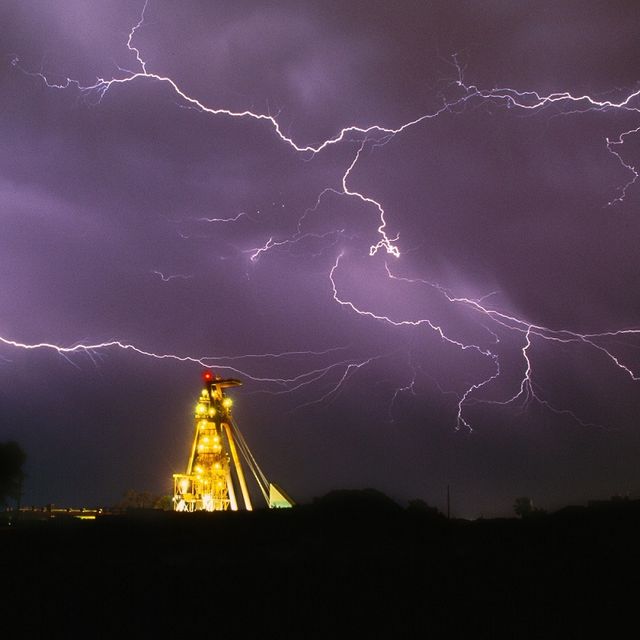
Queensland has banned mine sites from operating on a 100% FIFO basis. So, is it a good thing or a bad thing?
The Queensland Government has recently passed a law banning mine sites from operating on a 100 per cent fly-in fly-out basis.
The new law affects any project with more than 100 workers that falls within a 125-kilometre radius of a community with at least 200 residents.
So, is this new law a good thing or a bad thing?
The first thing to note is that, whatever you think of the ban, it will only impact two of the 50 mining projects in the state that meet the criteria — because only those two operate a 100 per cent FIFO workforce. Even then, the ban will only apply to new workers joining those sites; existing workers will not be required to become residents of local communities or to relinquish their jobs to local workers.
The change in the law has come about after a long period of pressure from local councils in mining communities, who feel like they’re missing out on both job opportunities and the wealth employment could bring to their towns and regions. Their success in changing the law is something they’ve been crowing about in the press. It also comes after a Parliamentary review of FIFO practices and is based on that review’s recommendations.
Queensland Government supporting mining jobs for locals
Queensland Resources Minister Anthony Lynham said employment would now be based on the “strength of the applicant, not the postcode of the application”.
“A major change is the new provision in the Anti-Discrimination Act that will prevent companies discriminating against locals in the future recruitment of workers and allow FIFO workers to move into the local community if they want to,” he said.
“(State watchdog) the coordinator general will be able to set, monitor and enforce compliance with the conditions on new large resource projects through their environmental impact statements, which will need to comprehensively assess social impacts.”
But not everyone is happy with the new law. The Queensland Resources Council has previously called the ban a sledgehammer approach that would add costs and bureaucracy onto mining companies.
Will mining companies be able to fill the jobs?
There are also concerns about the difficulties mining companies might have complying, given the reality of the number of skilled workers available in remote locations. The same week the FIFO ban passed through Parliament, the Member for Mount Isa, Robbie Katter, told the House about a mine 30km outside Cloncurry that only employs 30 per cent local labour. The company has been unable to fill positions with locals from either Cloncurry or nearby Mount Isa, so it is forced to employ FIFO candidates from Townsville.
The problem appears to be one of skills and training.
“Last month’s figures show that there is 40 per cent youth unemployment in the outback,” Mr Katter said. “That is evident also in Cloncurry. Some people in Townsville and Brisbane might celebrate when they get FIFO in those areas, but it takes from our towns.”
Calls for a FIFO ban in Western Australia
Nevertheless, the Queensland ban has resonated across the country in the other big mining state, Western Australia. There are now calls for a similar FIFO ban on projects near existing communities in the Pilbara, including from local shire presidents and State Members of Parliament.
But Chamber of Minerals and Energy WA Acting Chief Executive Nicole Roocke told the West Australian several major factors needed to be considered before such a ban was introduced, including the proximity to an established town (as in Queensland), “safety, shift duration and roster configuration, accommodation and local infrastructure all had to be taken into account when determining housing arrangements”.
“To apply a blanket approach based on town size and proximity of the mine to that town will not deliver the best outcome for the community, the companies, nor those working in the sector,” she told the paper.
“FIFO is a matter of choice for resources sector workers — choice about where they work and where they live.”
“FIFO workers reserve the right to choose to be FIFO workers, just as residential workers reserve the right to choose to be residential workers.”
So, whether the FIFO ban is a good thing or a bad thing depends entirely on which side of the debate you’re on. For those looking for work in the industry, however, the advice is that if you’re willing to move to a regional community, there will be more opportunities out there for you to find a mining job.
Do you think the ban is a good thing or a bad thing? Would you be willing to move to a regional community for a FIFO job? Let us know in the comments section below.